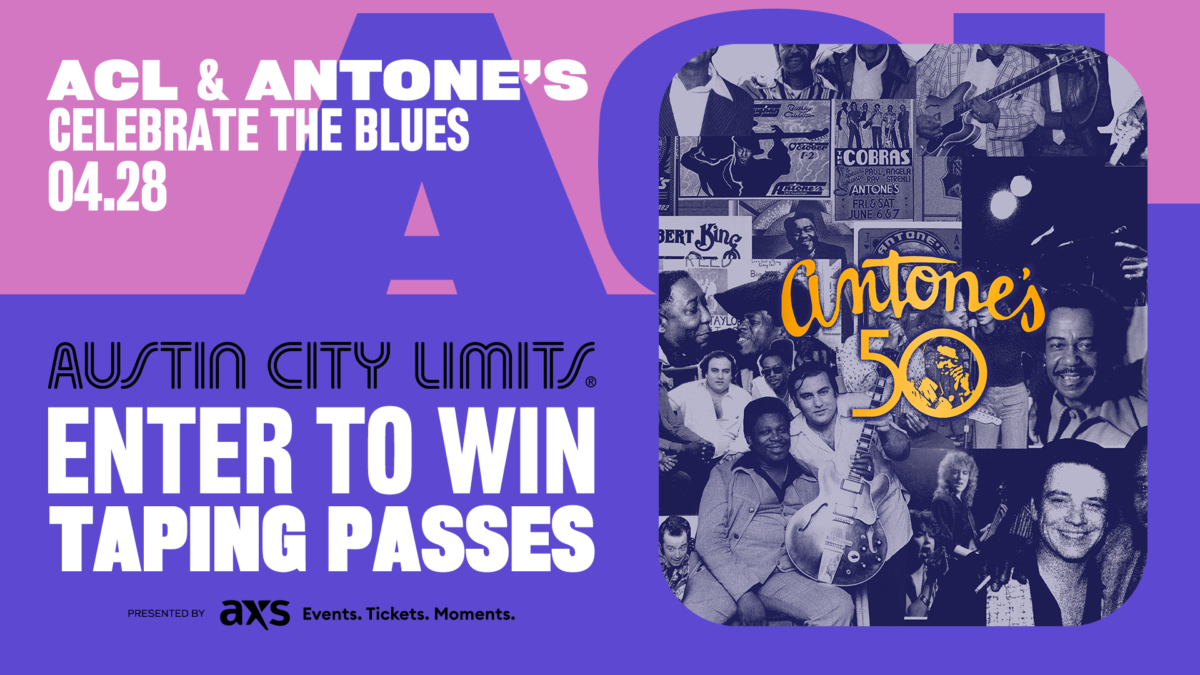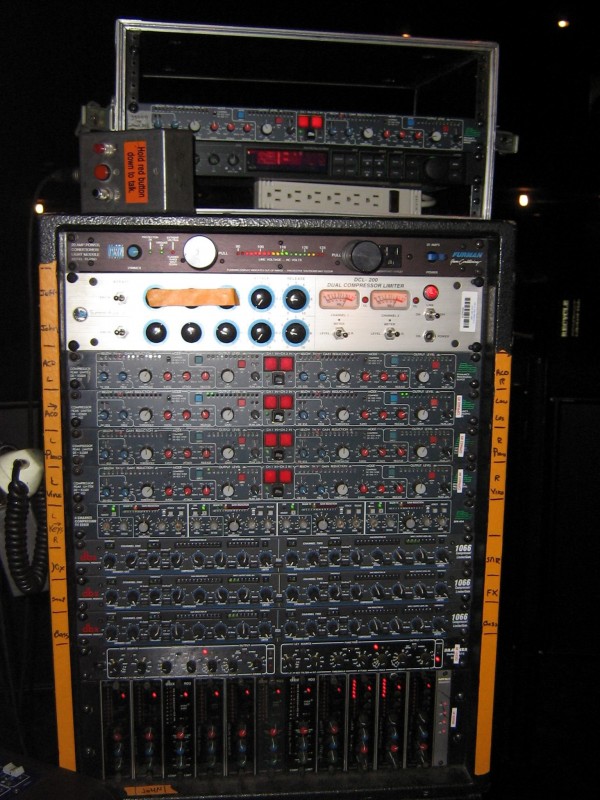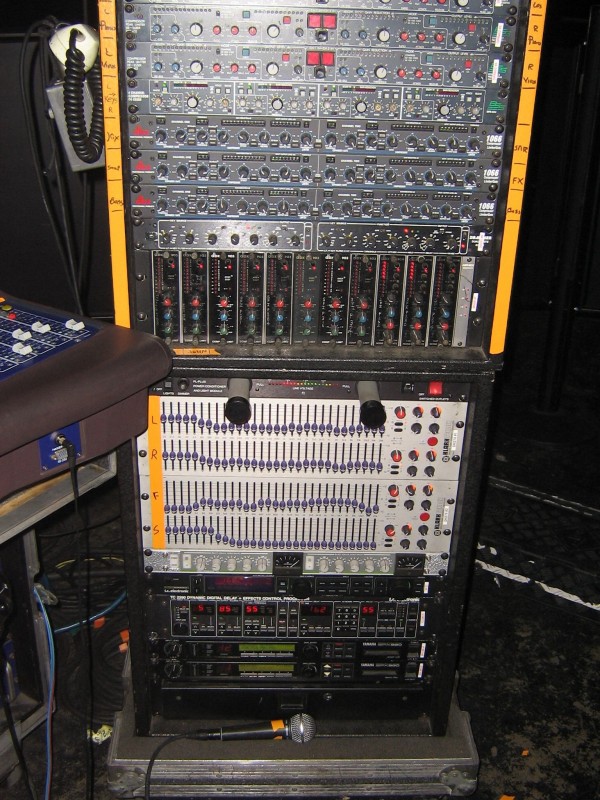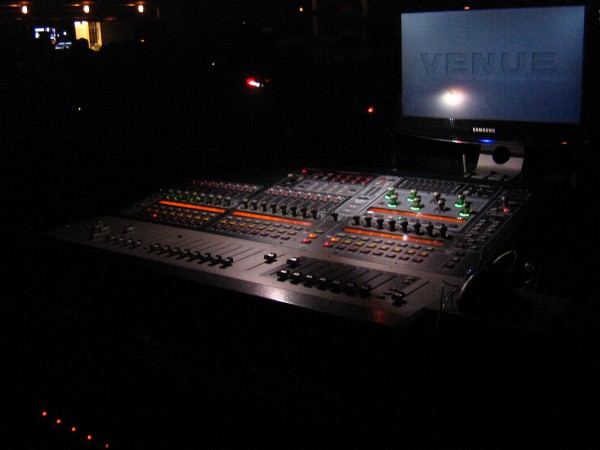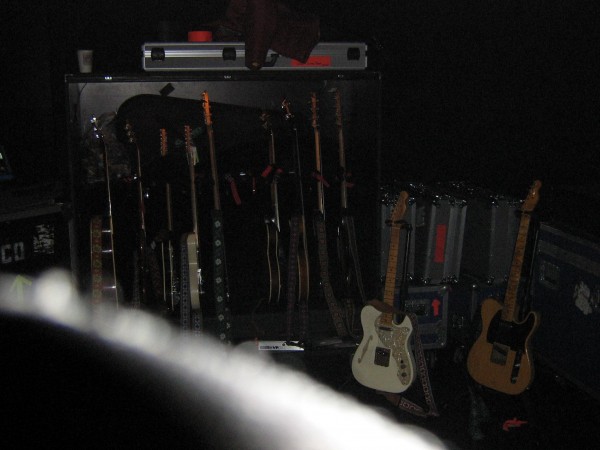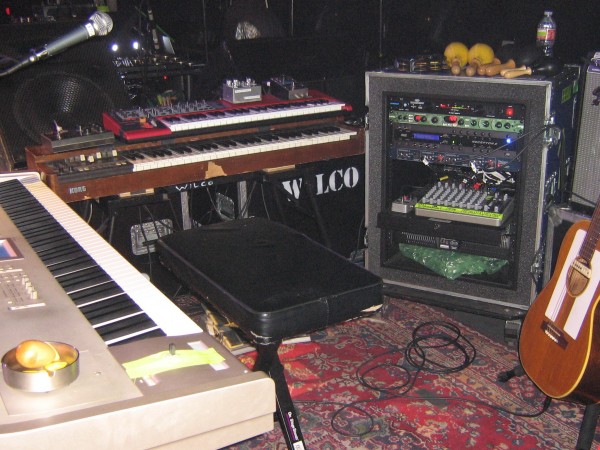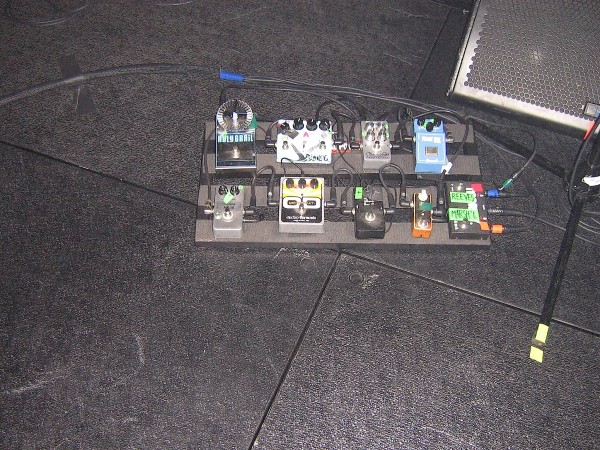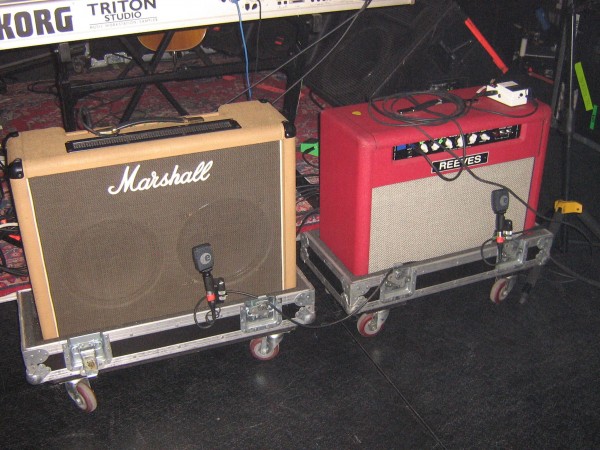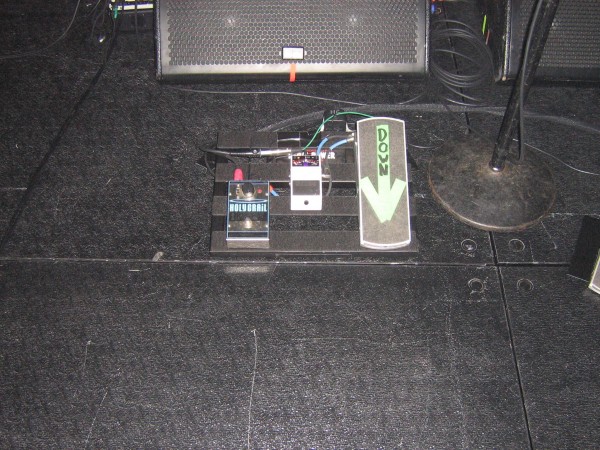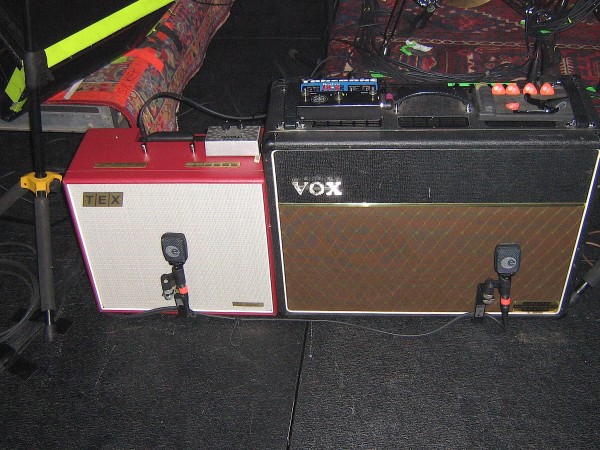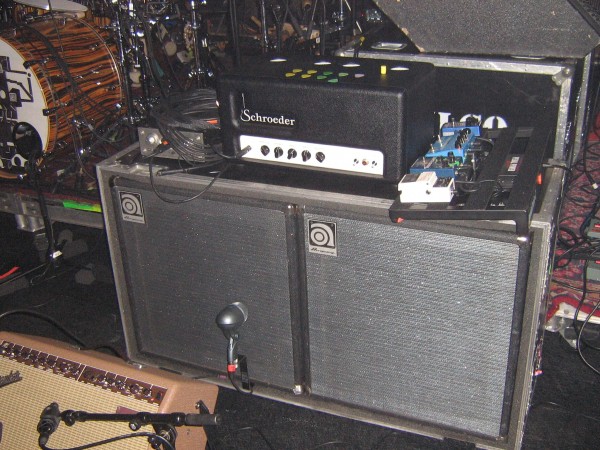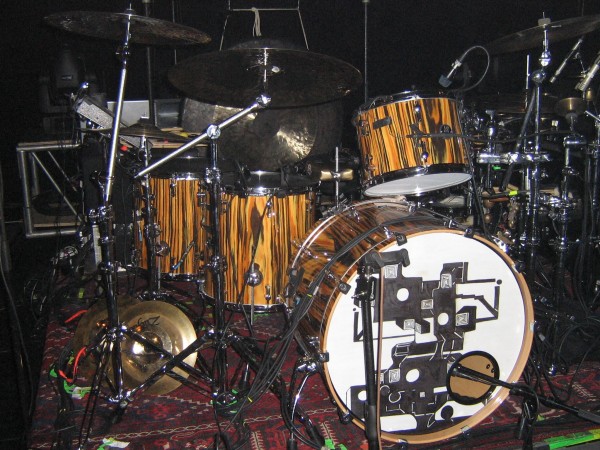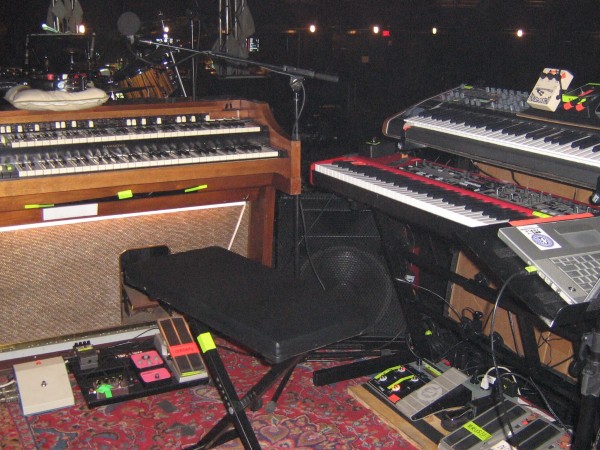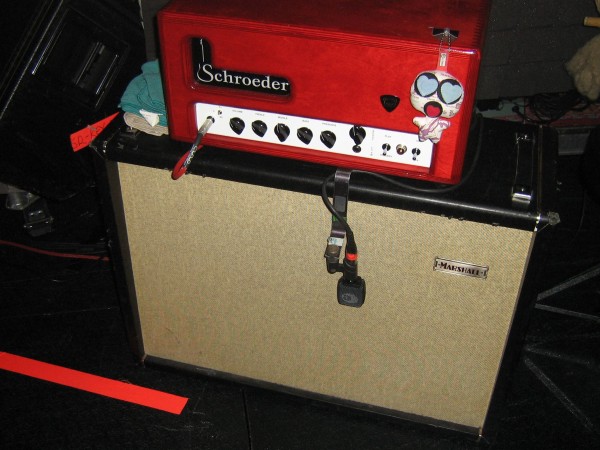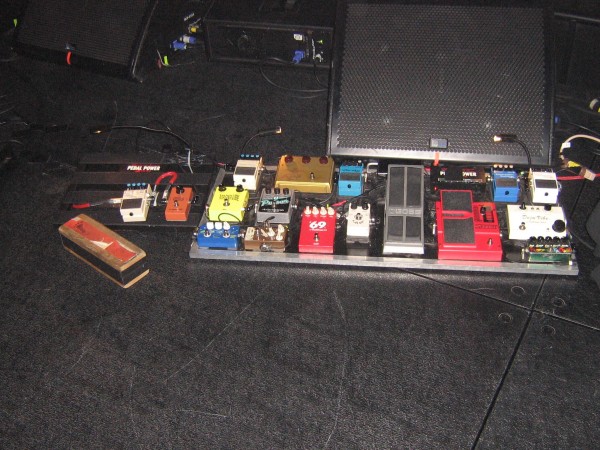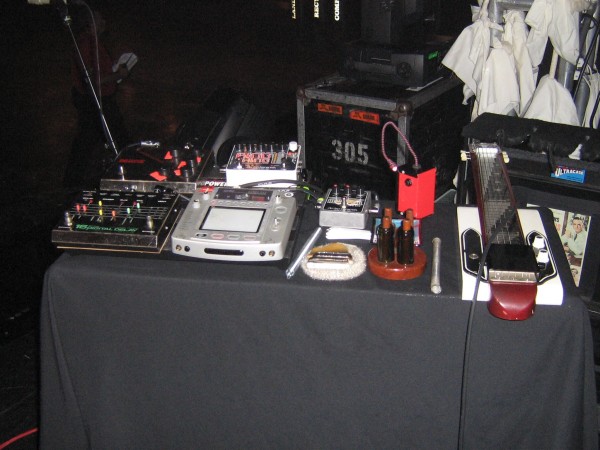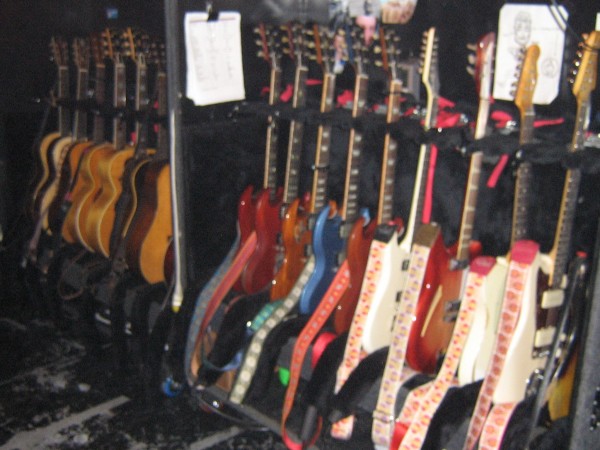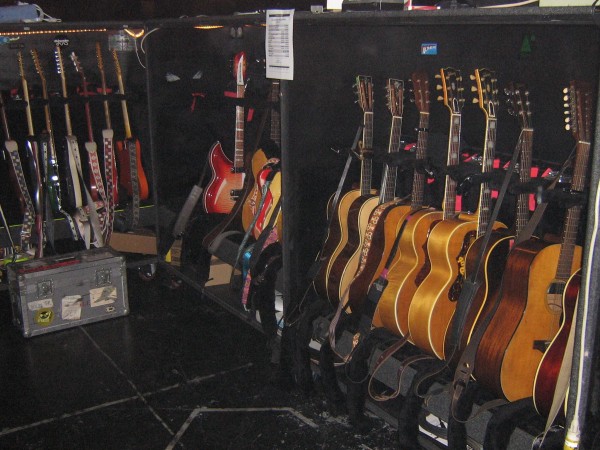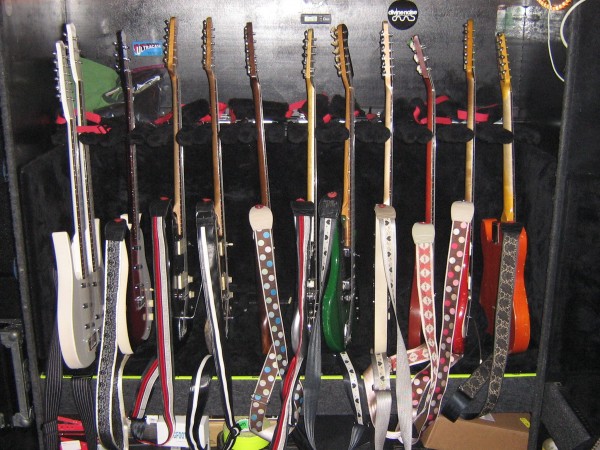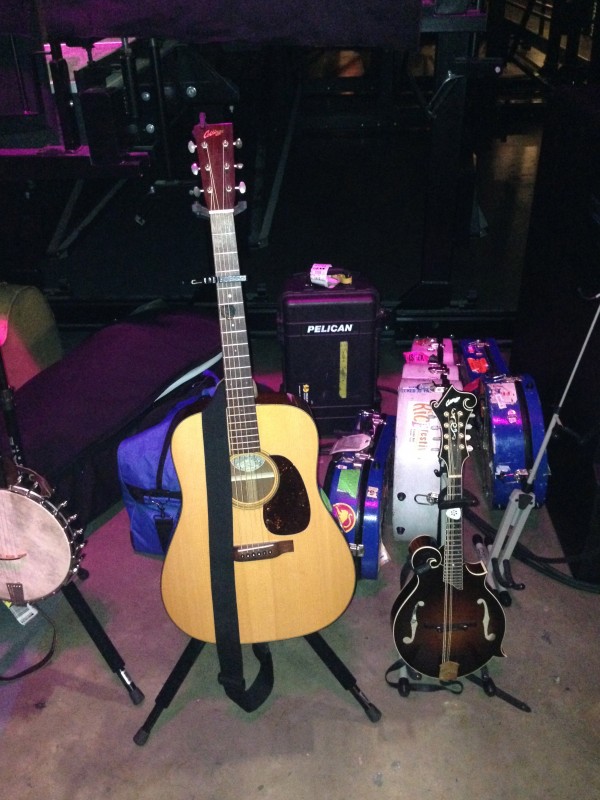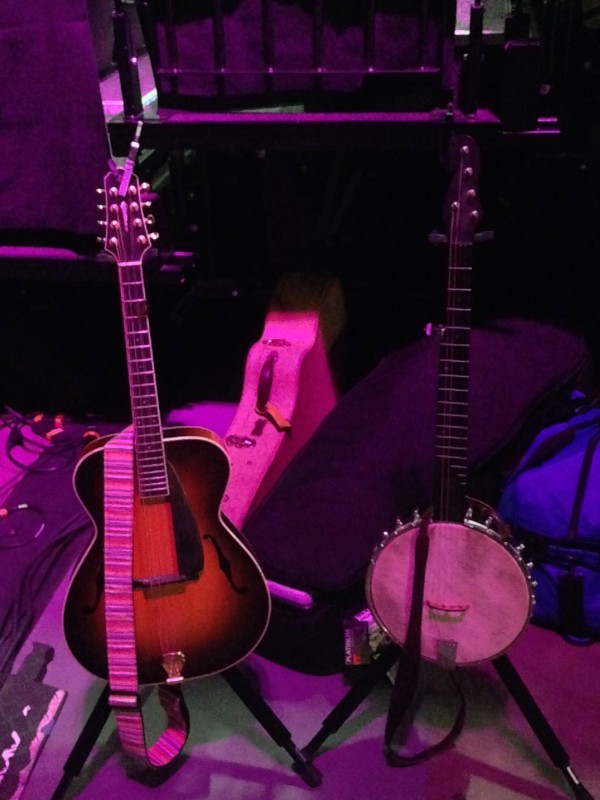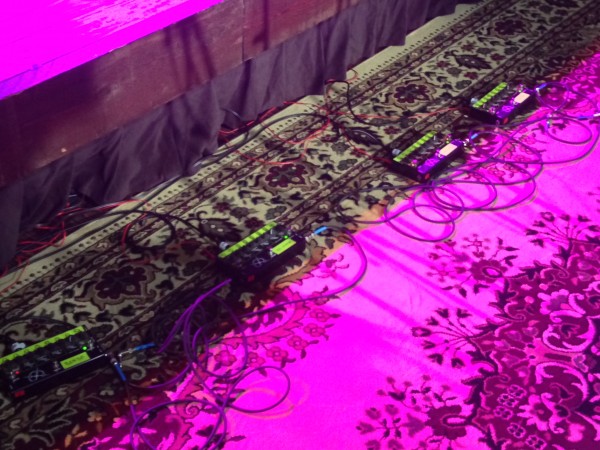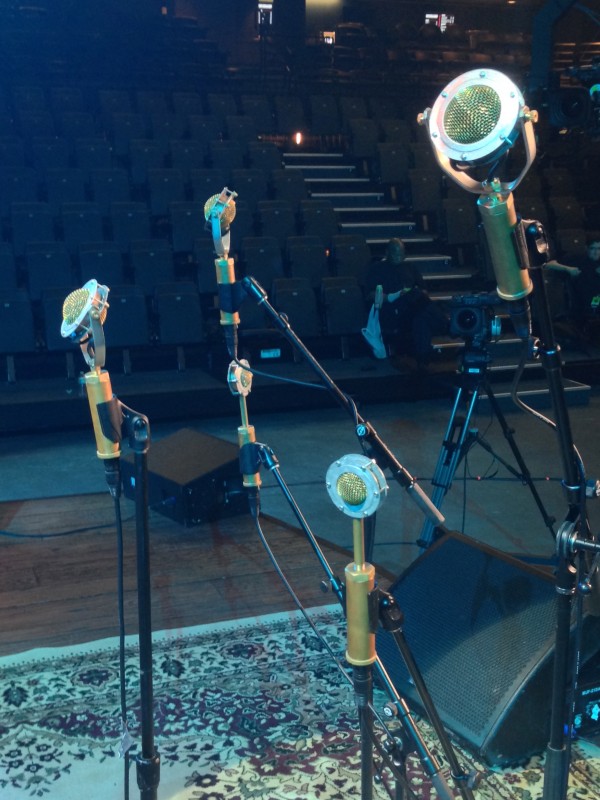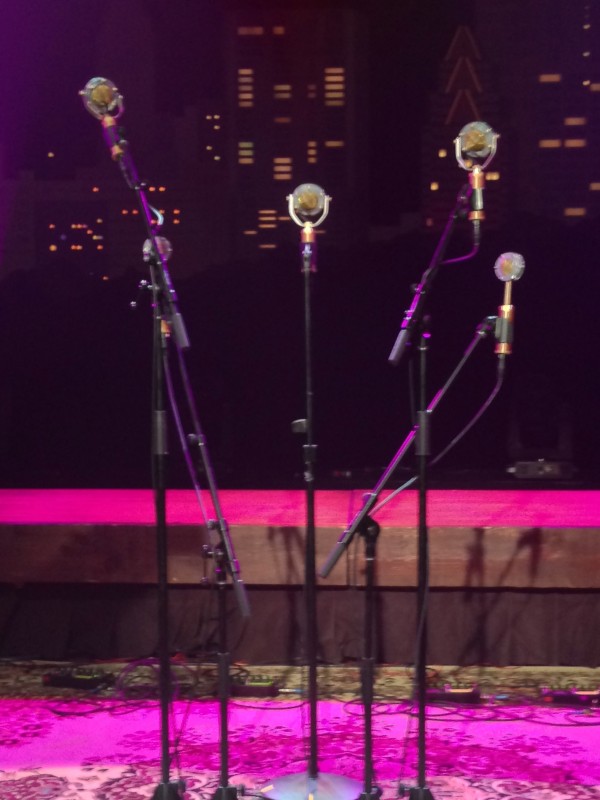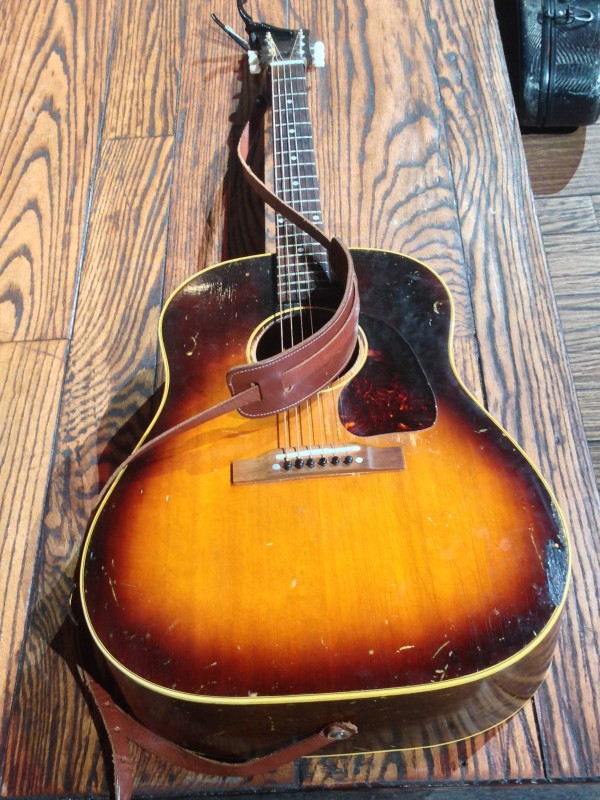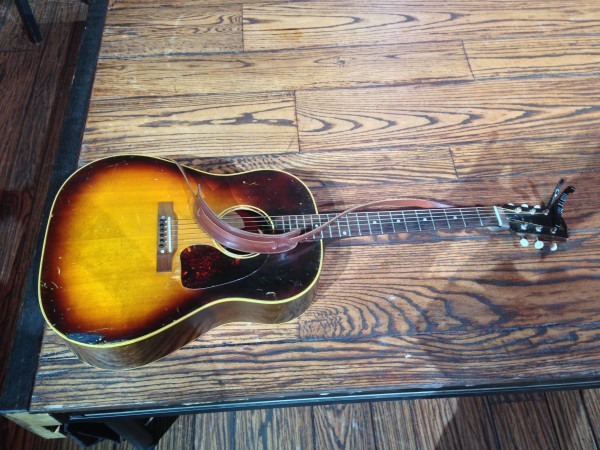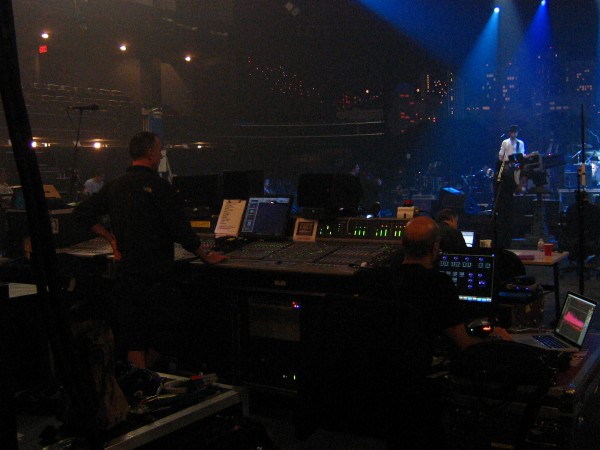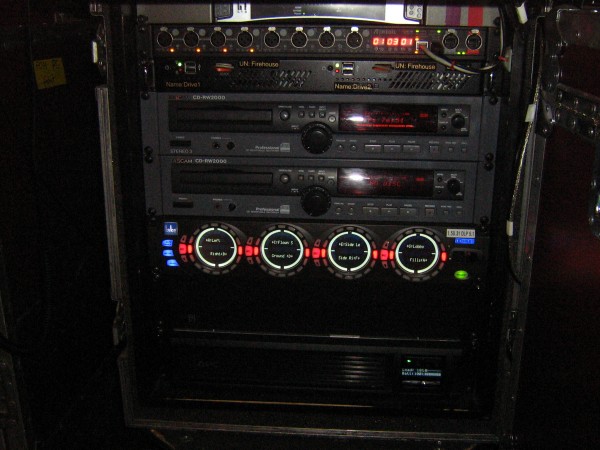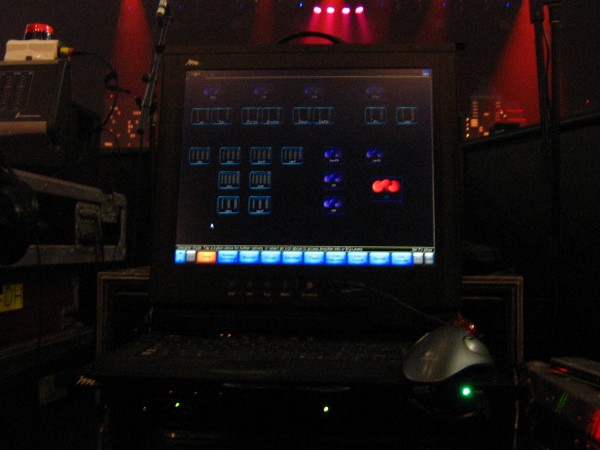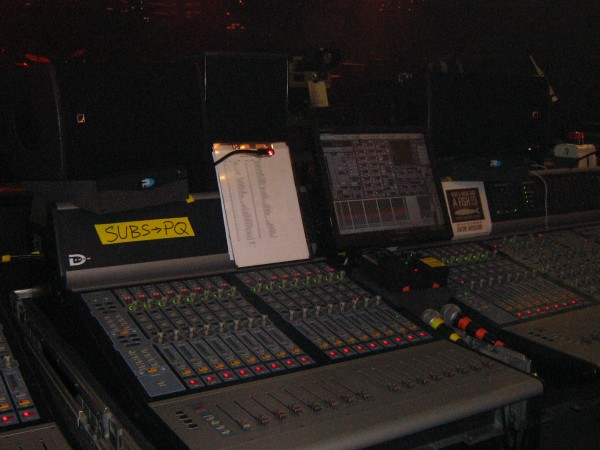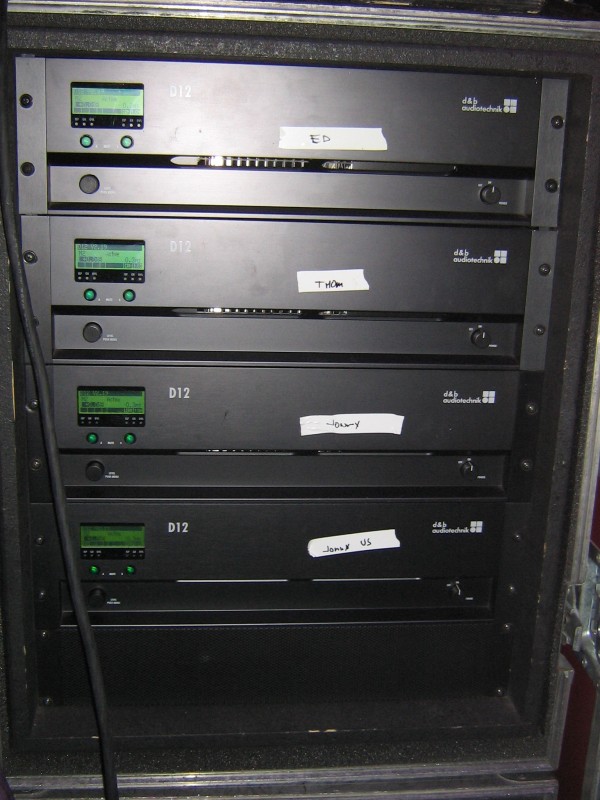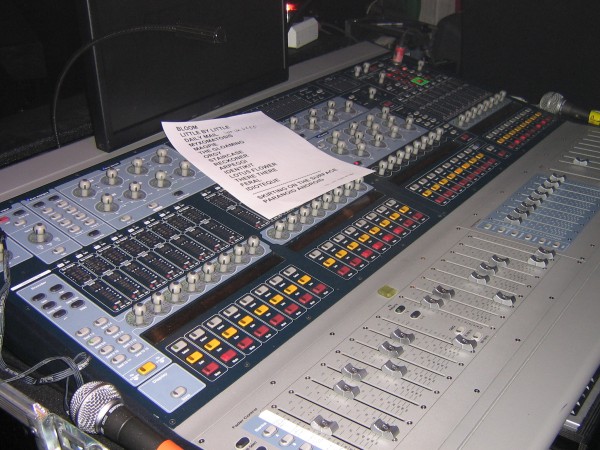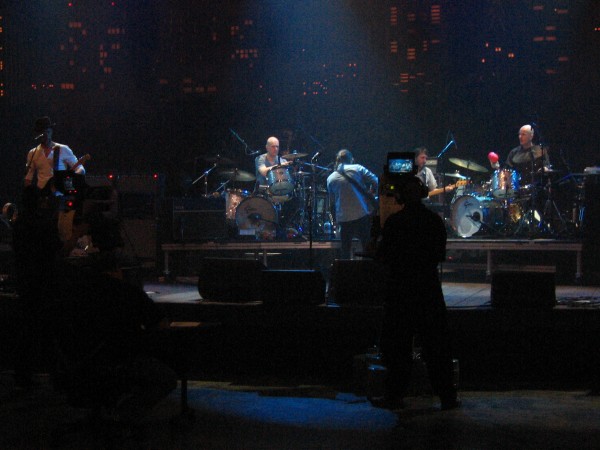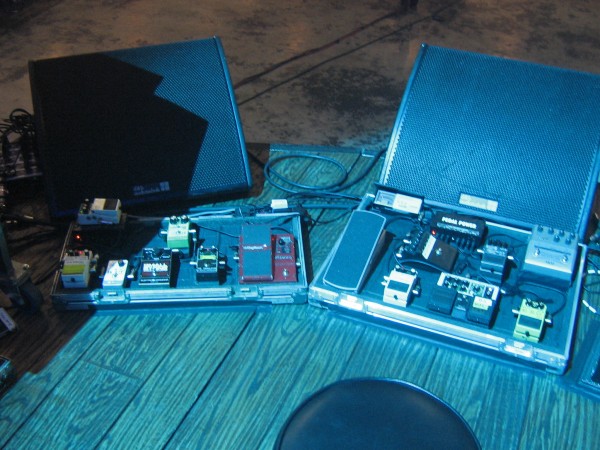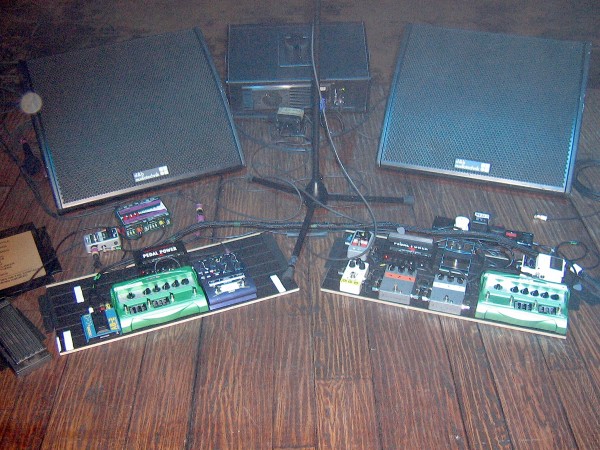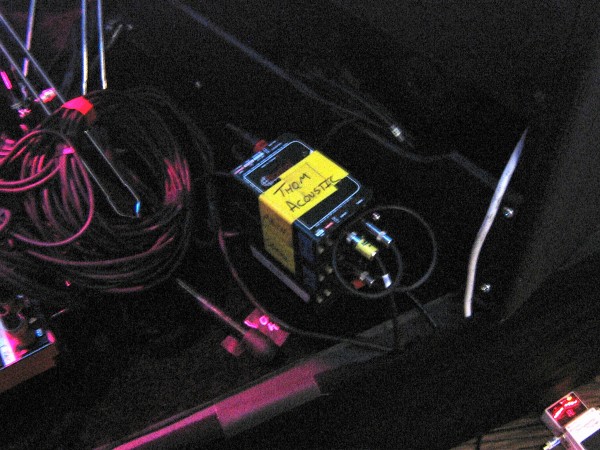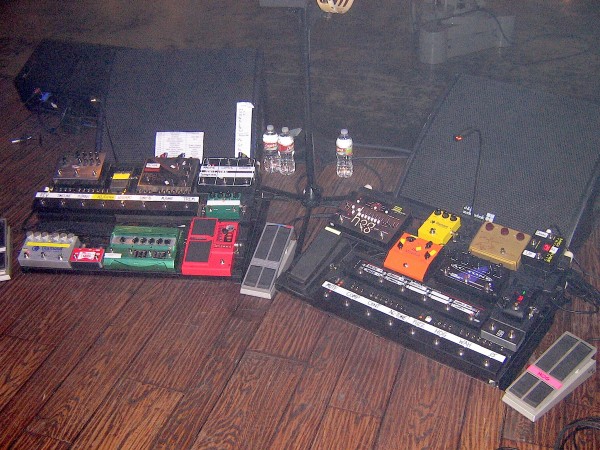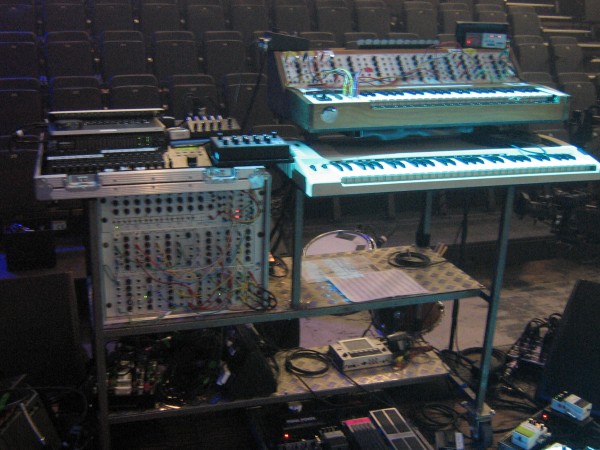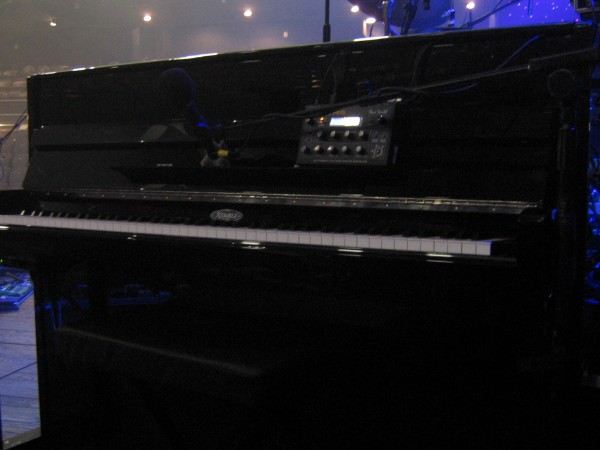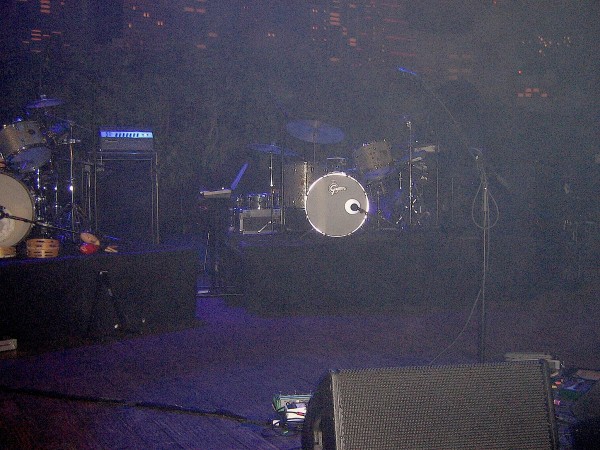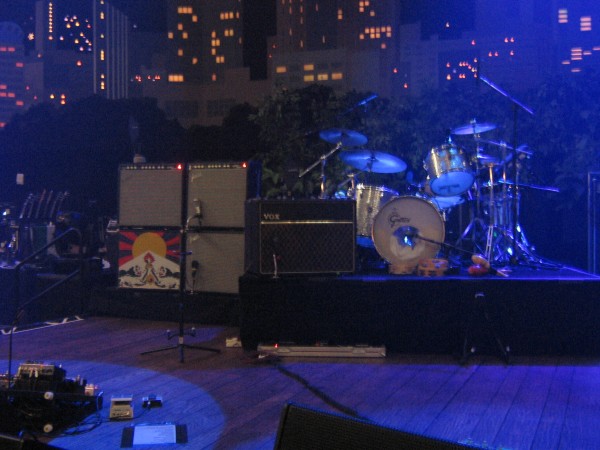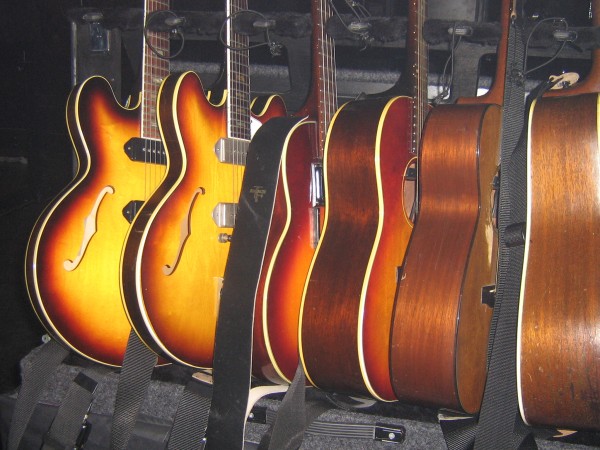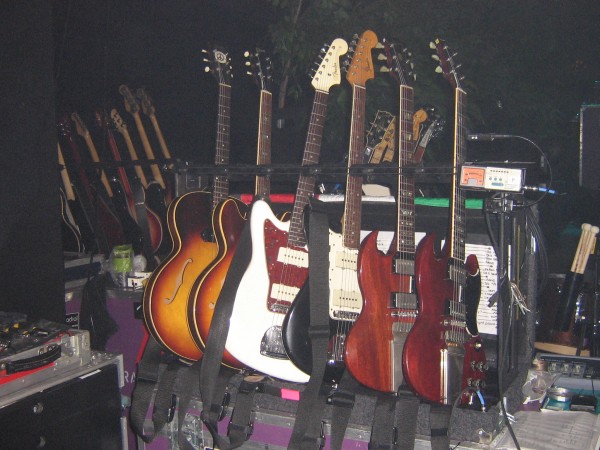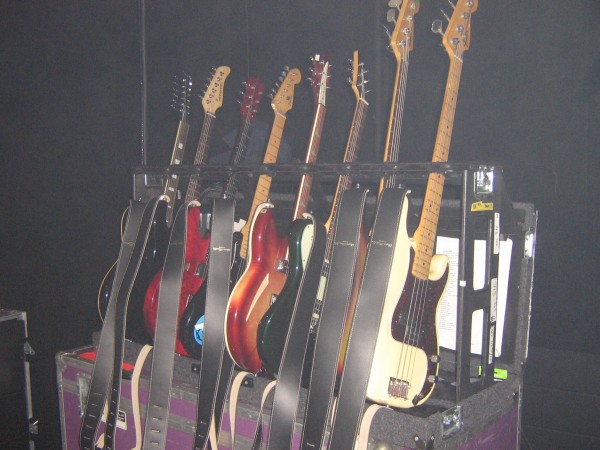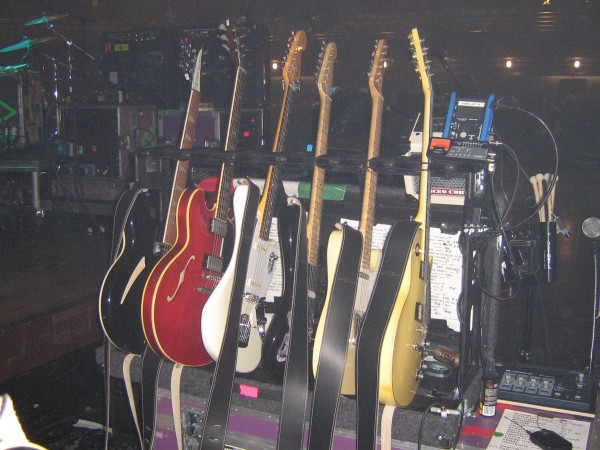UPDATE: The giveaway is now closed. Austin City Limits will tape performances celebrating The 50th Anniversary of Antone’s on Monday, April 28th at 8 pm at ACL Live at The Moody Theater (310 W. 2nd Street, Willie Nelson Blvd). Austin City Limits Taping Giveaways are presented by AXS Events.
Winners will be chosen at random and a photo ID will be required to pick up tickets. Winners will be notified via email. Duplicate entries for a single taping will be automatically voided. Tickets are not transferable and will be voided if sold. Standing may be required. No photography, recording or cell phone use in the studio. No cameras, computers or recording devices allowed in the venue. While we do our best to accommodate all winners, we cannot guarantee admission. These passes are based on space available therefore you will be filling in spots available on the floor or balcony depending on the tickets that are available when you arrive.
ACL & Antone’s Celebrate the Blues features the following artists:
Bobby Rush
Bobby Rush, a genuine Chitlin’ Circuit star born in Louisiana in 1933, cut his teeth in Chicago in the early ‘50s alongside Little Walter and Muddy Waters. A multiple-Grammy winner, ingenious and provocative stage performer, and a blues ambassador of the highest regard.
Grace Bowers
Grace Bowers is an 18-year-old guitar slinger on a meteoric rise. B.B. King was the first bluesman to blow her mind, and Mississippi John Hurt and T-Bone Walker sealed the deal, setting the course for her to become the most in-demand and celebrated young guitarist today.
Kingfish
At 26-years-old, Christone “Kingfish” Ingram has already made his mark as one of the best and most exciting guitarists in the world. The blues is lucky to have him; a young torch carrier whose music flows out of him like a water faucet, bursting at a hundred miles an hour with no end in sight.
Chris Layton
Chris “Whipper” Layton is arguably the most influential blues drummer of all time. Born and raised in Corpus Christi, Texas, Layton moved to Austin in 1975 and joined the band Greezy Wheels. He later joined Stevie Ray Vaughan’s band Double Trouble in 1978. After forming successful partnerships with bandmates Tommy Shannon and Reese Wynans, they recorded and performed with Vaughan until his death in 1990. Layton and Shannon later formed supergroups such as the Arc Angels, Storyville, and Grady. Currently, Layton is the drummer for the Kenny Wayne Shepherd Band and member of the Rock and Roll Hall of Fame.
John Primer
After working with Willie Dixon and Junior Wells, John Primer was hired as the guitarist for the last great Muddy Waters Blues Band. His sound is Southside Chicago blues of the highest order. Primer joined Muddy at his last Antone’s appearance, and 40+ years later he continues to hold down the Chicago to Austin connection.
Steve Bell
Nobody plays harmonica like Steve Bell. Raised on the Southside of Chicago by the legendary harp player Carey Bell, Steve has been blowing his horn as long as he’s been alive. Sometimes a freight train, sometimes a mustang, Steve’s harp is perfection.
Lil’ Ed Williams
Lil’ Ed Williams, the small blues man with the big fez and an even bigger slide, was a personal favorite of Clifford Antone ever since he first appeared at the club in 1989. Regarded as Chicago’s finest blues boogie slide player, Williams is an intense player and joyful singer in the
spirit of his uncle, J.B. Hutto.
Zach Ernst
Zach Ernst became Clifford Antone’s protégé as a student in his blues history class at the University of Texas 2005. He first appeared on Austin City Limits in 2011 as guitarist for Black Joe Lewis & the Honeybears and The Relatives. Zach Ernst became Antone’s talent buyer when the current club opened at the end of 2015, and co-produced the forthcoming Antone’s: 50 Years of the Blues boxed set.
Lurrie Bell
Son of Chicago blues star Carey Bell and brother to Steve, Lurrie Bell grew up playing with Eddy Clearwater, Big Walter Horton, Eddie Taylor and Koko Taylor. He was raised by Chicago Blues royalty and, as he grew older, became just that.
Nick Connolly
Nick Connolly is perhaps the most trusted keys player in Austin, and a cornerstone of the scene. He was a Cobra and a Fabulous Thunderbird, and has ably backed the likes of Denny Freeman, Stevie Ray Vaughan, Barbara Lynn and countless others for decades.
The Texas Horns
Mark ‘Kaz” Kazanoff, John Mills and Al Gomez make up the Texas Horns. Based in Austin and San Antonio, they’ve played with hundreds of artists including Marcia Ball, Earl King, Jimmie Vaughan, and Delbert McClinton. They bring the sound and spirit of Doug Sahm’s Last Real
Texas Blues Band wherever they go.
Jay Moeller
One of “Clifford’s Kids,” Jay grew up at Antone’s watching and playing with people like James Cotton, Albert Collins, Luther Tucker, Earl King, and Kim Wilson. He spent countless hours at
Clifford’s side and grew up to be one of Austin’s most in-demand blues drummers, often collaborating with his brother Johnny and his lifelong friend Gary Clark Jr.
Jimmie Vaughan
No one has kept the spirit of Antone’s alive quite like Jimmie Vaughan. When he moved to Austin in 1969 he’d already been in Dallas’ most successful rock band, played gigs as Freddiie King Jr., and opened for Jimi Hendrix. Jimmie (often with the Fabulous Thunderbirds) backed up
everyone who came through the door, and he also played guitar on many of the most important Antone’s Records recordings alongside the likes of Lou Ann Barton and Albert Collins. He is a cultural touchstone and world-class ambassador for Texas music.
Benny Turner
The younger brother of Freddie King, Benny Turner was the bassist in his band for years. Benny moved to Chicago in the ‘50s and is living blues history, an integral part of the Texas and Chicago blues connection.
Jon Deas
A longtime Gary Clark Jr. associate, Jon Deas is one of Austin’s premier keyboard players and a funky, Grammy-winning talent.
Sue Foley
Seconds into hearing Sue Foley’s demo tape, Clifford Antone called her and invited her to Austin. Her first weekend at Antone’s, Sue met and played with Albert Collins, the start of a decades long relationship that saw Sue develop into a stone-cold Canadian killer. She is a 2025 Grammy nominee for her album One Guitar Woman.
Kam Franklin
Houston native Kam Franklin started singing gospel at age five, and is best known for her work with the Suffers. With the Antone’s crew, she pays tribute to seminal figures like Barbara Lynn and Miss Lavelle White like only the best can, because she is.
Charlie Sexton
Charlie Sexton learned from the best: W.C. Clark and Jimmie and Stevie Ray Vaughan. A guitarist and producer of the highest order, he has collaborated with everyone from David Bowie and Bob Dylan to Elvis Costello and Bruce Springsteen.
Big Bill Morganfield
The son of Muddy Waters, Big Bill Morganfield grew up learning from Pinetop Perkins, Bob Stroger, Willie Smith and more. When Big Bill was sent to this planet he inherited a legacy, and has given his life to keeping the family name alive and well. He was a scene-stealer in the 2024
Bob Dylan biopic A Complete Unknown.
Rodd Bland
The son of Bobby “Blue” Bland and Godson of B.B. King, Rodd Bland drummed for his father’s band for many years. He is a top Memphis player and another of the second-generation musicians dedicated to preserving the family name and passing on the lessons – and the music – he’s learned to a new generation.
Larry Fulcher
Larry Fulcher moved to Austin in ‘92 and entered the Antone’s fold thanks to Cobras saxophonist Joe Sublett. He met Derek O’Brien and found himself on the Antone’s stage for countless nights, eventually teaming up with Ruthie Foster and Taj Mahal and winning multiple Grammys in the process.
Joe Sublett
“Smokin’” Joe Sublett moved to Austin in ‘76, joined the Cobras and defined the sound of Austin in the process, but you’ve heard him with the Rolling Stones, Stevie Ray Vaughan, and hundreds of others. Sublett was in Antone’s house band during the club’s 10-year anniversary, backing up icons like Albert Collins and Otis Rush. He currently tours with Taj Mahal & the Phantom Blues Band.
Derek O’Brien
Denny Freeman said much of what’s happened in Austin musically couldn’t have happened without Derek O’Brien. There is perhaps no one more important to the continuation of Antone’s than Derek O’Brien. A producer on most Antone’s Records sessions, house band guitarist for way more than ten-thousand hours, and the de-facto bandleader in any room.
Eve Monsees
Eve Monsees has appeared on Austin City Limits several times along with her childhood friend Gary Clark Jr., with whom she started performing at Antone’s in the late 90s when they were both teenagers. She is currently the co-owner of Antone’s Record Shop.
For entry to Austin City Limits tapings, you agree to abide by the Taping Health & Safety Protocols based on the current COVID-19 Community Risk Stage in effect at the time of the event. By attending the ACL tapings, you agree to the Terms & Conditions.

